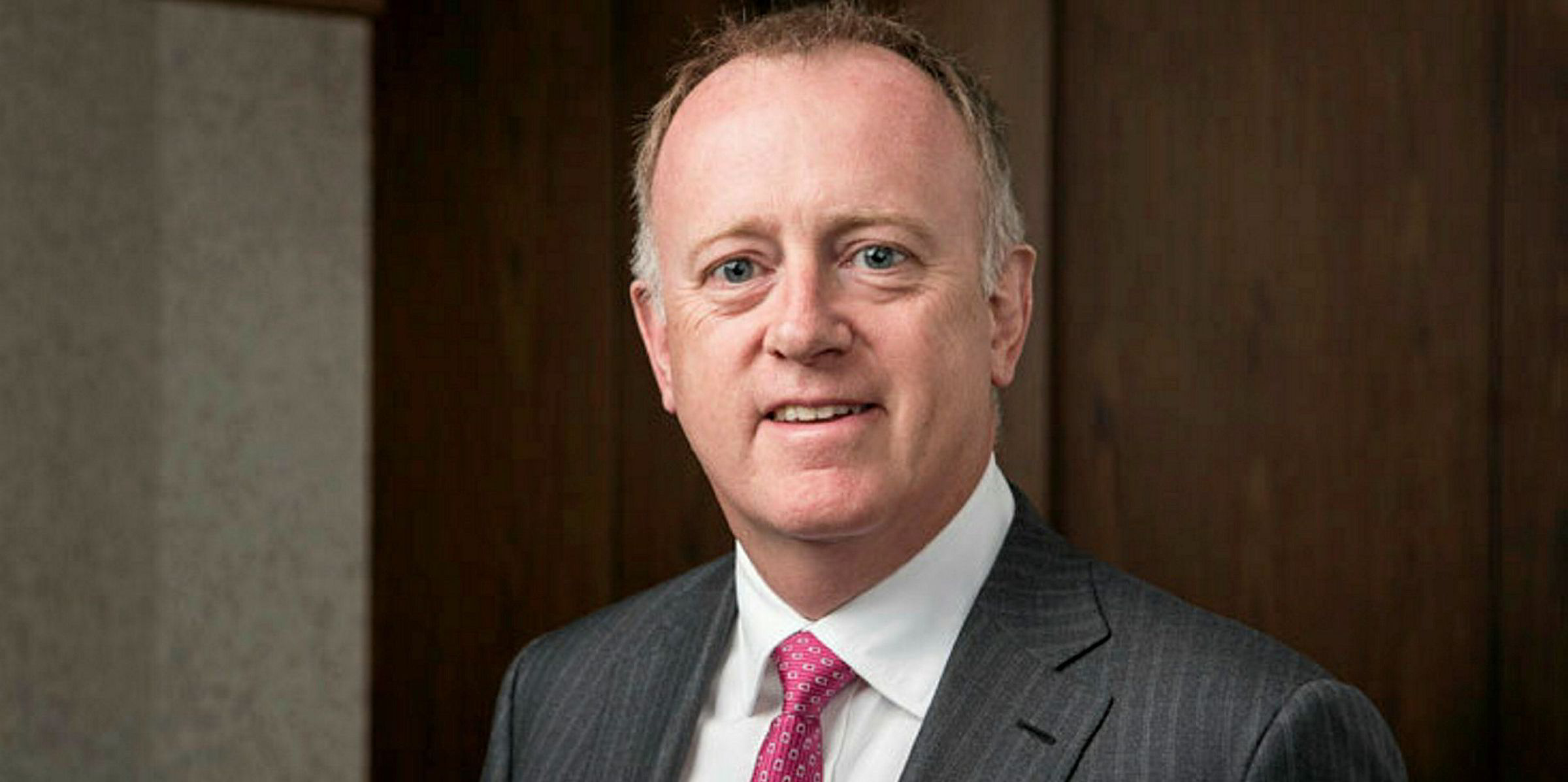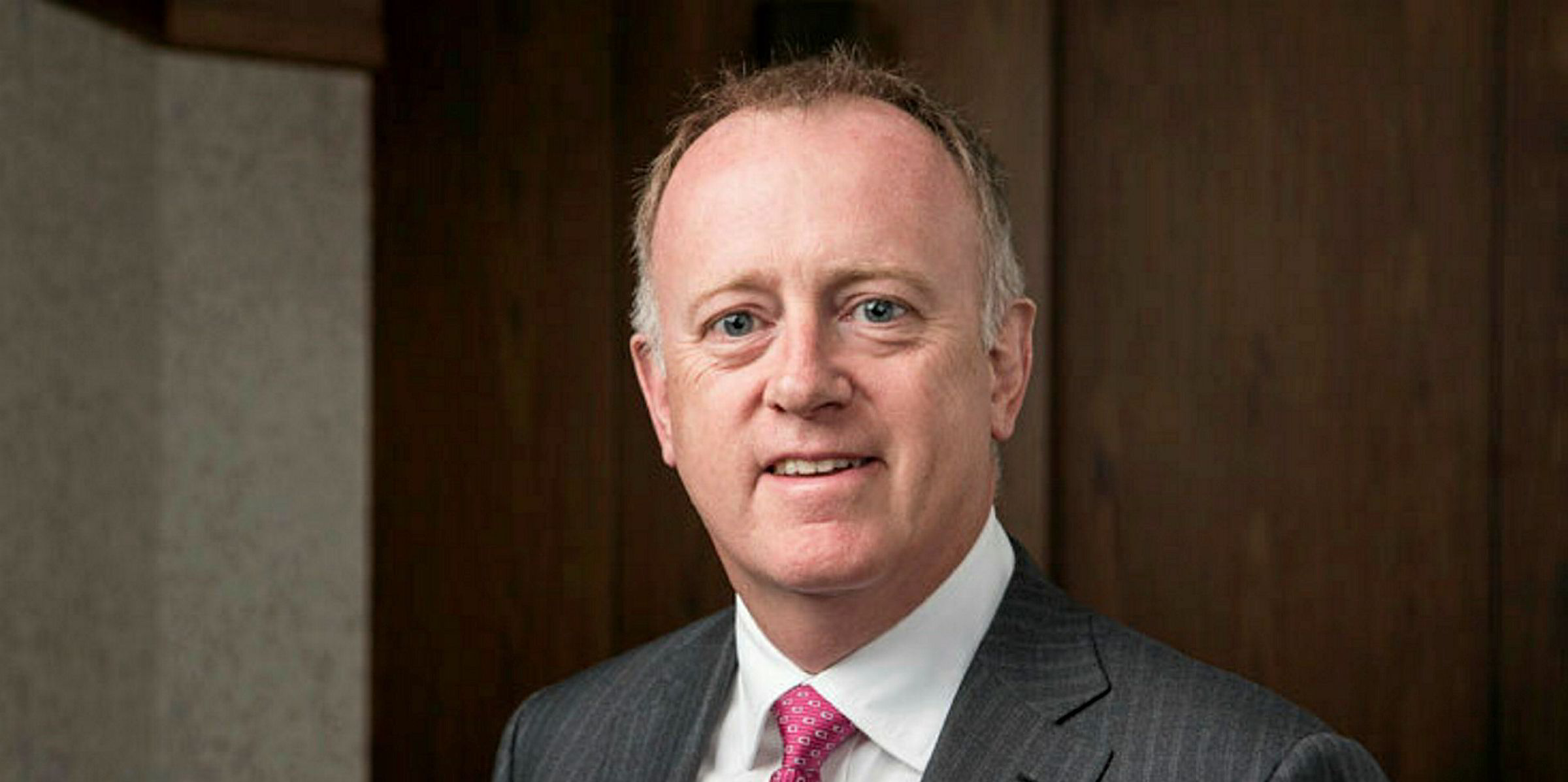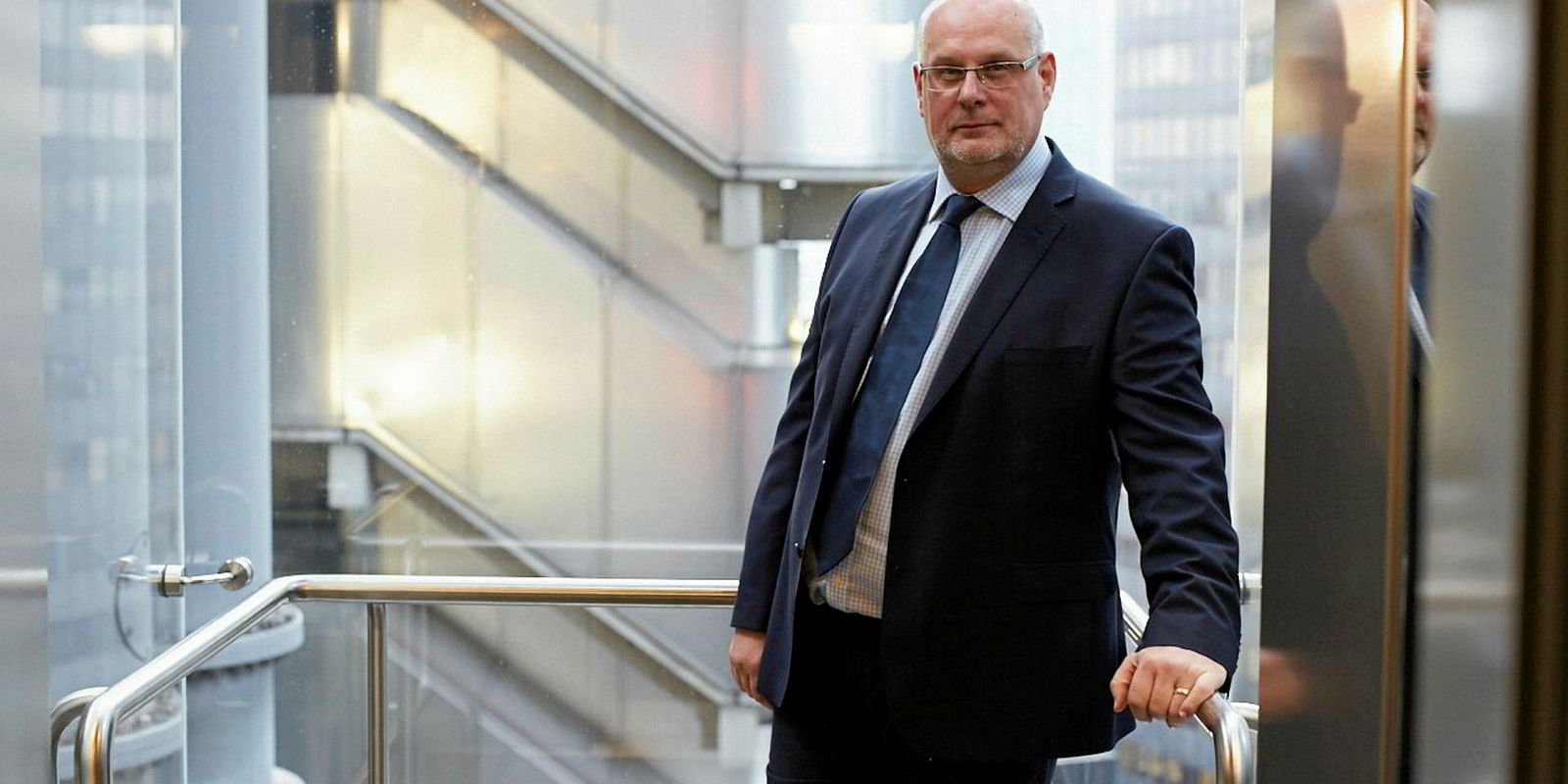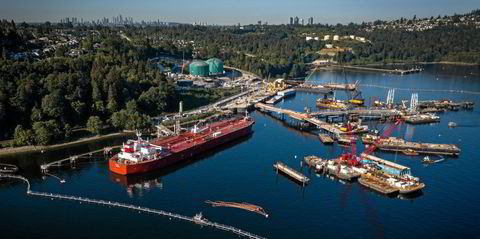Marine insurers working the floor of the Lloyd’s of London market say they have “nothing to fear” from a raft of radical cost cutting and efficiency measures being heralded by chief executive John Neal as the institution enters the digital age.
After implementing a hard-hitting profit drive, Neal has now identified high costs and the traditional way of doing business as two factors that are holding Lloyd’s back.
Neil is promising a new platform that will allow the “efficient digital placement of the most difficult-to-cover risks” and a so-called “syndicate in a box system”, which will allow insurers to bring products to the market.
Rapid technological change
Neal said: “Rapid advancements in technology have fundamentally changed the world. Lloyd’s is changing too, driven by a desire to provide the best (re)insurance products and services available anywhere."
However, some Lloyd's underwriters believe the technological change will affect some lines of business more then others.
One underwriter said he expected more commoditised marine insurance lines, such as cargo cover and war risk, to be the earliest affected as they are more suitable for electronic cover placement.
Markets such as hull and machinery, which require more sophisticated technical underwriting and can involve much higher values, would not be significantly affected by digitalisation until much later, he added.

The hull market is still all about good technical underwriting, handled by experienced people. It is largely based on human relationships and I don’t see that changing overnight
Lloyd's underwriter
“The hull market is still all about good technical underwriting, handled by experienced people. It is largely based on human relationships and I don’t see that changing overnight,” a Lloyd’s underwriter said.
Pressure to perform
Others comment that the pressure to perform at Lloyd’s marine market has eased after a cull of unprofitable capacity and reports of rates hardening.
While others say digitalisation has already been embraced by many Lloyd’s syndicates.
Promoting digitalisation is a key element of the International Union of Marine Insurance’s strategy.
Big data providers such as Concirrus and Windward have also made significant inroads into the marine insurance market.
Insurers have been taking on big data initiatives largely in a bid to improve risk assessment or as a loss-prevention measure, however, many now anticipate data will eventually be used for automated cover placement.
Customers not commodities
But others suggest the future of marine insurance rests on improving customer service, rather than creating an even more commoditised market via digitalisation.
As an alternative to relying on price competition, which inevitably leads to loss-making rates, one line of thought is that the future of marine insurers lies in providing added value.
The so-called Scandinavian model — under which marine cover is provided along with experienced claims handing, consultancy and loss prevention services — is being held up as a potential way forward for Lloyd’s syndicates.
We don’t see this as a negative we are always looking at what we do and ways we can use digitalisation to improve our services
Lloyd's underwriter
The biggest question over the Lloyd’s plan may be for brokers. Increasing digitalisation is often linked with reducing a broker’s role and cutting commission.
The insurance broking world has put a positive spin on Neal’s plan.
Brokers' spin
Chris Croft, chief executive of the London & International Insurance Brokers’ Association, said: “We share a common central objective: a strong, vibrant, innovative Lloyd’s market must be a key part of the offering we make to our clients.”
One marine broker told TradeWinds that his sector has to adapt to digitalisation, as do underwriters.
“We don’t see this as a negative we are always looking at what we do and ways we can use digitalisation to improve our services,” he said.






